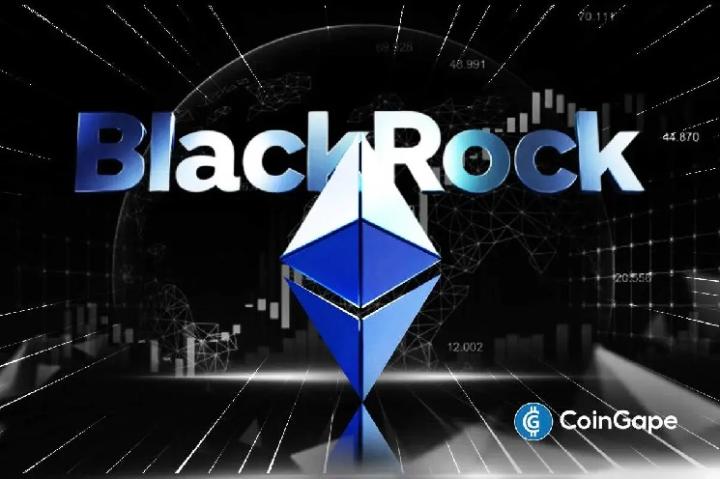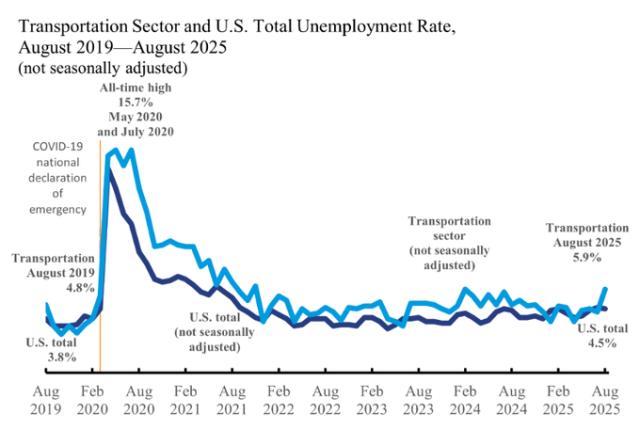Less than two weeks after ETH hit $4,957 at the end of August, the latest data from Token Terminal shows that the total supply of stablecoins on the Ethereum chain has reached an all-time high of $165 billion, fueling the market's relentless rise. However, beneath this seemingly brilliant display, network fundamentals have quietly faltered: August revenue reached only $14.1 million, a 44% drop from July, while gas expenditures also fell by 20%. While price and adoption surge, revenue and on-chain activity are simultaneously cooling. This diverging data is becoming a core concern for the market.

Coin prices and stablecoins both peaked, but revenue declined
From a price and user perspective, Ethereum delivered impressive results in August: stablecoin circulation reached a new high of $165 billion, and the ETH price reached a milestone of $4,957 on the 24th. However, according to Token Terminal data, network fees burned that month were only $14.1 million, a significant decrease from $25.6 million in July. Overall gas expenditure also dropped from $49.6 million to $39.7 million, indicating a divergence between price, adoption, and revenue.
These signs all indicate that the Ethereum mainnet’s revenue-generating capacity is no longer as high as before.

Dencun and Layer-2: Moving Traffic Away from the Mainnet
Dencun's core proposal, EIP-4844, significantly reduces Layer-2 on-chain costs, bringing average transaction fees on scaling networks like Arbitrum and Optimism down to less than one-tenth of the mainnet's. Token Terminal statistics show that the average mainnet gas price this year has halved by 95% compared to last year, accelerating the outflow of trading activity to Layer-2 and naturally reducing mainnet revenue.
Analysis shows that stablecoin liquidations have accounted for approximately 70% of Ethereum's transaction volume and 40% of its fee income. Although they maintain a high frequency, the profit per transaction is far lower than that of NFT or DeFi operations. At the same time, Binance research shows that NFT sales fell another 19.6% in August, making the high-value activities on the mainnet even worse.
Institutional funds support the market, but concerns about puffiness emerge
Despite the slowdown in on-chain profits, the capital market continues to increase its investment in ETH. Public relations firm Etherealize raised $40 million in September. Bitwise Chief Investment Officer Matt Hougan believes that "institutions are attracted to the dual characteristics of ETH staking returns and declining inflation."
“Institutional and traditional financial investors are attracted to ETH’s yield-generating features, such as staking ETH to generate yield.”
ETF applications, staking lock-up, and buyback activities have combined to reduce circulating chips and stabilize prices in the short term. However, there is still $570 million in whale selling to be digested in the third quarter. The WLFI token airdrop on September 1st, which caused a 1,000% surge in gas prices, is another reminder to the market: high fees created by occasional events are not a moat for long-term revenue.
Next Step: Can a Low-Fee Settlement Layer Coexist with Value Capture?
From "world's computer" to "global settlement layer," Ethereum is attempting to trade low fees for high throughput. Future value capture will inevitably rely more heavily on a burn mechanism to enhance ETH scarcity and the distribution of staking returns. For investors, simply focusing on price can easily overlook fundamental shifts: if trading volume continues to shift overseas and revenue structures become overly concentrated, the price will eventually face valuation pressure. Short-term optimism may lead to new highs, but to sustain long-term market capitalization, the key lies in whether Layer-2 can contribute to mainnet security and develop a new cycle of fees, revenue, and application ecosystems.
In summary, Ethereum's August performance reveals a dual nature of prosperity and hidden worries. Stablecoin supply and ETH prices both hit record highs, but this hasn't prevented a simultaneous decline in revenue and on-chain activity. This decentralized economy's self-revolution must ultimately strike a balance between user experience and network value. Investors hoping to capitalize on the next chapter of this growth story shouldn't rely solely on price alone; they must continuously track the real economic dynamics on the chain to discern the truth from the hype.








